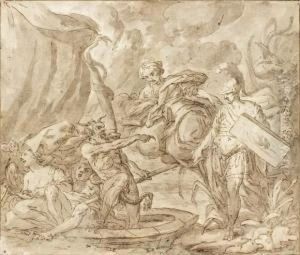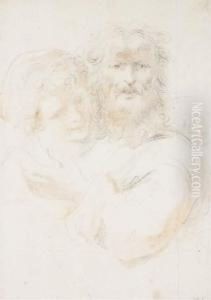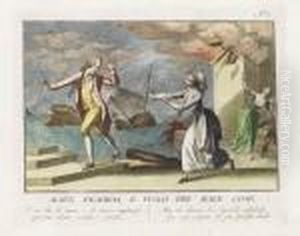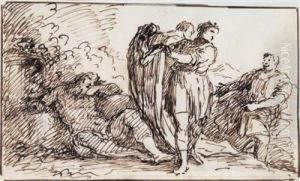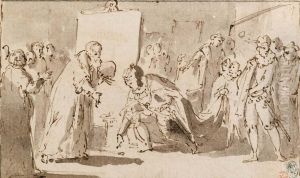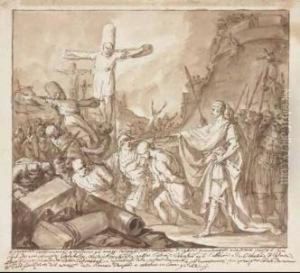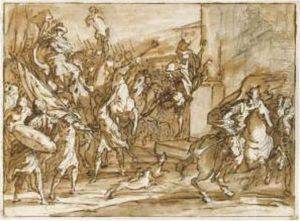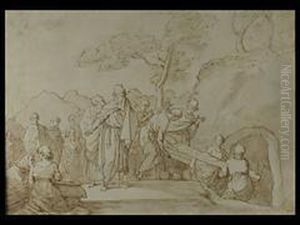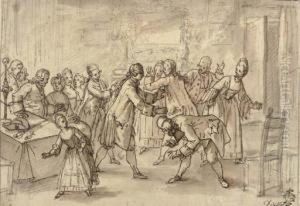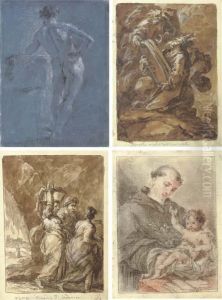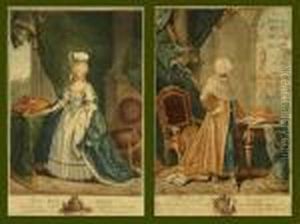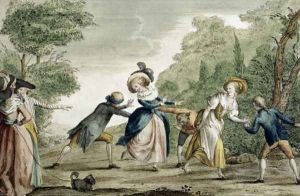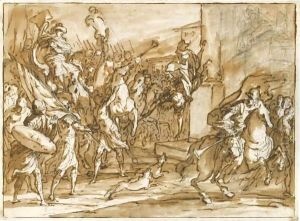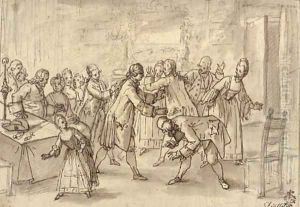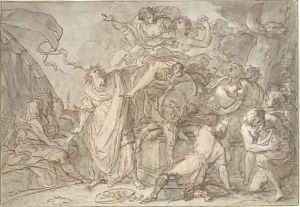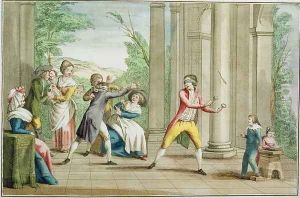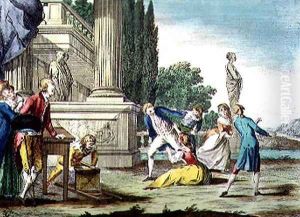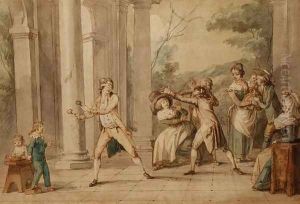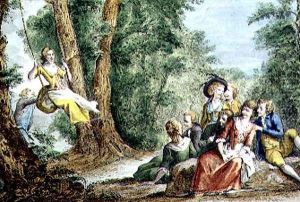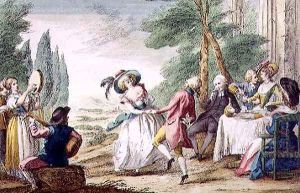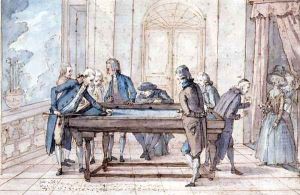Guiseppe Piattoli Paintings
Guiseppe Piattoli, also known as Giuseppe Pietro Bagetti, was an Italian painter and printmaker who worked during the late 18th and early 19th centuries. Born in 1748, Piattoli is recognized for his contributions to the Neoclassical movement, which was characterized by a return to classical antiquity's simplicity, grandeur, and serenity.
Piattoli's early life and training are not well documented, but it is known that he was active in his native Italy where he developed his artistic skills. His works often depicted historical and mythological subjects, and he was particularly skilled in creating frescoes, a technique that involves applying water-based pigments to freshly applied plaster, which was a popular medium during the Renaissance and found renewed interest during the Neoclassical period.
During his career, Piattoli contributed to various important projects, including decorations for palaces and churches. His style was influenced by the prominent artists of his time, and he was part of the broader European trend of Neoclassicism that sought to revive the ideals of ancient Greek and Roman art and architecture.
Despite the achievements in his career, Piattoli was not as widely celebrated as some of his contemporaries, such as Jacques-Louis David or Antonio Canova. However, his work still provided an important link in the chain of Neoclassical art and reflected the cultural and artistic transitions that were taking place in Europe at the time.
Piattoli's death occurred in 1825, and while his legacy may not be as prominent as other artists from the same era, his contributions to the arts during the Neoclassical period remain a part of art history. Piattoli's works are a testament to the era's aesthetic values and are studied by those interested in the development of European art and the Neoclassical movement.
